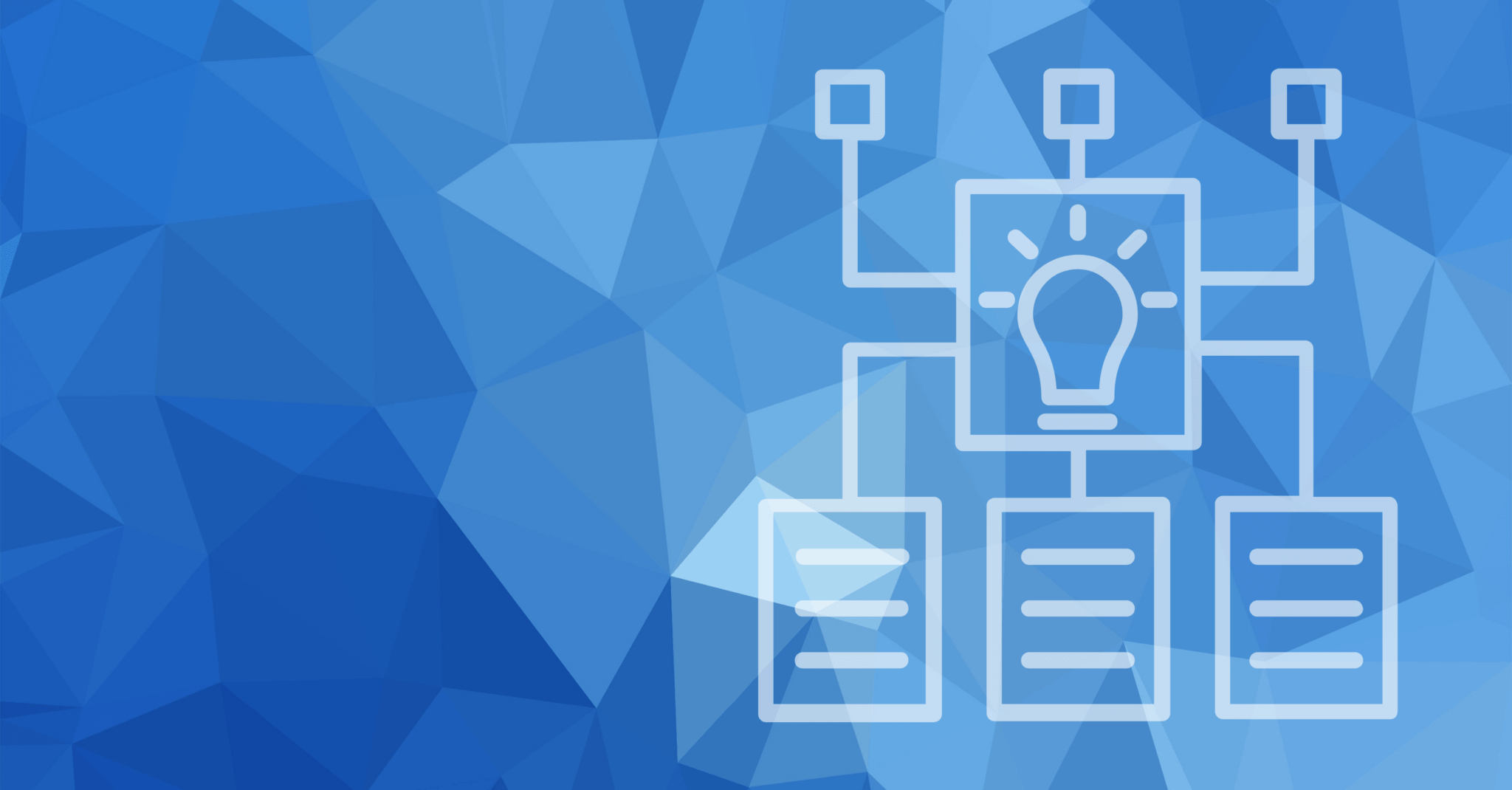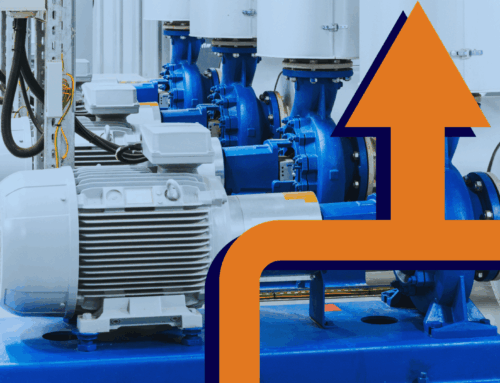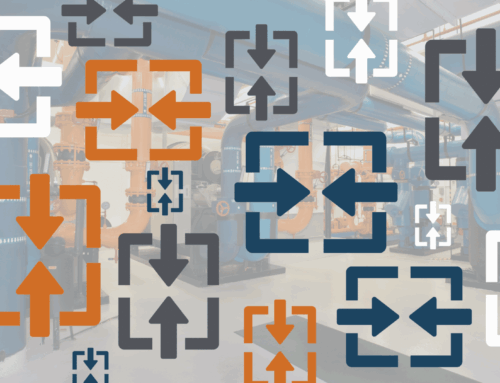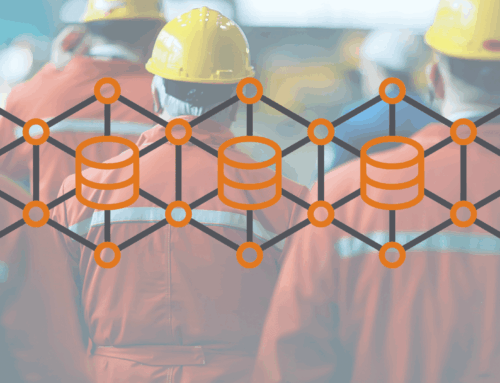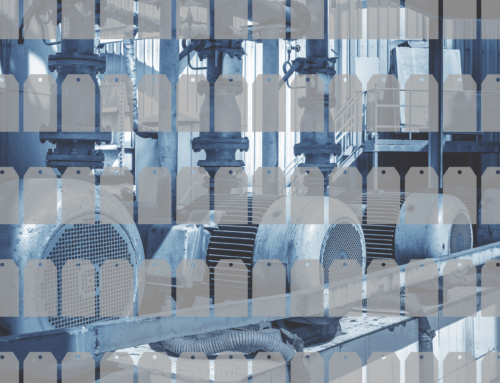In cognitive science and artificial intelligence, pattern recognition deals with the problem of recognizing objects by computers. With the correct model, data, and interpretation, pattern recognition provides significant value for all types of industries. In the process plant industry, advanced pattern recognition (APR) and predictive analytics allow us to predict failures. With 89% of failures being random, finding hidden and potential failures in advance is vital. As a result of the industry’s demand for large-scale cost reduction, advanced pattern recognition software has been a key strategy to improve plant maintenance.
Advanced Pattern Recognition: What Is It and What Are Its Phases
When you hear pattern recognition, what’s the first thing that comes to mind? Maybe you think of those standardized tests that ask for the next shape in the sequence. In general, a pattern is a collection of similar objects with similar shapes. Identifying a related item’s movement is pattern recognition. In other words, pattern recognition is identifying that something similar happens regularly.
Pattern recognition has 5 steps:
Data Collection
First, determine the data sample needed to obtain stable pattern recognition performance. But this requires you to have good quality data and enough data. If you can’t trust the pattern or it is for such a small subset, what’s the value?
Feature Selection
Next, what characteristics do you care about and do they provide you with information that you need? Above all, we care about technology when it provides business value, not just patterns for patterns’ sake.
Model Selection
Then, the type of model will depend on the sample and your needs. It can be done through a pattern recognition algorithm, including statistical, neural, or structural modeling. Statistical modeling uses a mathematical model to draw assumptions about a larger population from a sample. Neural modeling draws on how our brain works and contains multiple processing levels. Finally, structural modeling using various elements of other mathematical and analysis methods to create the models.
Learning
The model must learn the sample data. Based on your needs, industry, and problem, different methods of learning will be utilized to recognize patterns in data. There are three types of machine learning for pattern recognition system:
-
- Supervised learning has a ground truth. We and the computer know what the resulting output should be.
- In unsupervised learning, we don’t have pre-knowledge of the output.
- Reinforcement learning relates to what action should be taken to maximize the notion of a reward.
Cognitive Assessment
Finally, is this valid? With pattern recognition, you can fall into generalization and overfitting traps. For generalizations, do you make it so general that it has no value? For overfitting, do you manipulate the data and variables so much that it will of course show the results you’re looking for but only for that data?
Understanding what pattern recognition is and how it works is good, but the why is more important. Why should you care about creating a pattern recognition program at your organization and plants?
Potential and Random Failures: Advanced Pattern Recognition Software and Maintenance
Maintenance has seen a progression towards predictive maintenance to help reduce operating costs and process operation variability. Predictive maintenance doesn’t fully replace the other types of maintenance. But studies have shown that every dollar spent on predictive maintenance saves $10 dollars in corrective maintenance. This represents a huge savings potential from a pattern recognition software.
The three main types of maintenance are:
- Corrective maintenance: identifying, isolating, and rectifying a fault. Getting the system or piece of equipment back operational is great, but corrective maintenance means that the failure occurred. This can be costly and a safety concern.
- Preventative maintenance: complete maintenance activities to avoid a breakdown or malfunction. Here the failure is not occurring, but it is typically done based on a time duration. How long do I typically expect this fan to run before going out? This can be costly and miss random failures.
- Predictive maintenance: identify hidden and potential failures in advance so that a plant has increased lead time to take the necessary actions.
The goal of advanced pattern recognition is to enable the use of predictive maintenance. And this increases efficiency and productivity of existing equipment, reduces operation cost, and maintains a high level of operation. Plants achieve these benefits by diagnosing and detecting the condition and performance of the plant to predict equipment failure. Factors to evaluate include vibration, noise, temperature, and pressure. As a result, with APR predictive maintenance, you’ll be able to make decisions based on the actual equipment condition, not just the average or expected life span.
Ready for Advanced Pattern Recognition Software?
There is significant value to using APR in a plant, but is it right for you?
Data Historian
The first question to ask yourself is do you have a good plant management system. Predictive analytics bases its advantage on analyzing the data that a plant generates every millisecond of the day, determining the correlation between related sensors and notifying the plant of anomalies. This works great if the plant has all the data in a single format delivered immediately. It doesn’t work that well if the plant is missing data dues to lagging capture rates or inefficient data storage. As a result, ensure you have the necessary data historian to utilize advanced pattern recognition.
Next, you must look at the data itself. Garbage in, garbage out applies. Pattern recognition and machine learning will not solve the issue of bad data. For example, is it measuring what you want? Can you trust the quality of the data? Is monitoring taking place in real time or near real time? Predictive maintenance provides you with increased lead time to take the necessary action, but if there is a data delay, you lose some of the benefit.
Your Organization
A second question is are my people willing to use data more? Don’t discount this obstacle. All levels of the organization must internalize the value and benefit of implementing a data-centric approach that utilizes advanced pattern recognition. All advanced pattern recognition solutions are too expensive to sit on the shelf not being used.
Implementation
Finally, how are you going to implement the solution and pay for it? Some items to consider when thinking about the ROI are:
- Downtime or outage cost of lost production
- Cost of replacing a piece of equipment or system
- Productivity loss of personnel reacting
- Overtime when reacting to a failure
- Labor required when doing corrective or preventative maintenance
If you’re ready to implement an advanced pattern recognition software, reach out to us now! We’re ready to help you improve your operations with an advanced pattern recognition solution like HanPHI. And don’t forget to check out our future posts.
